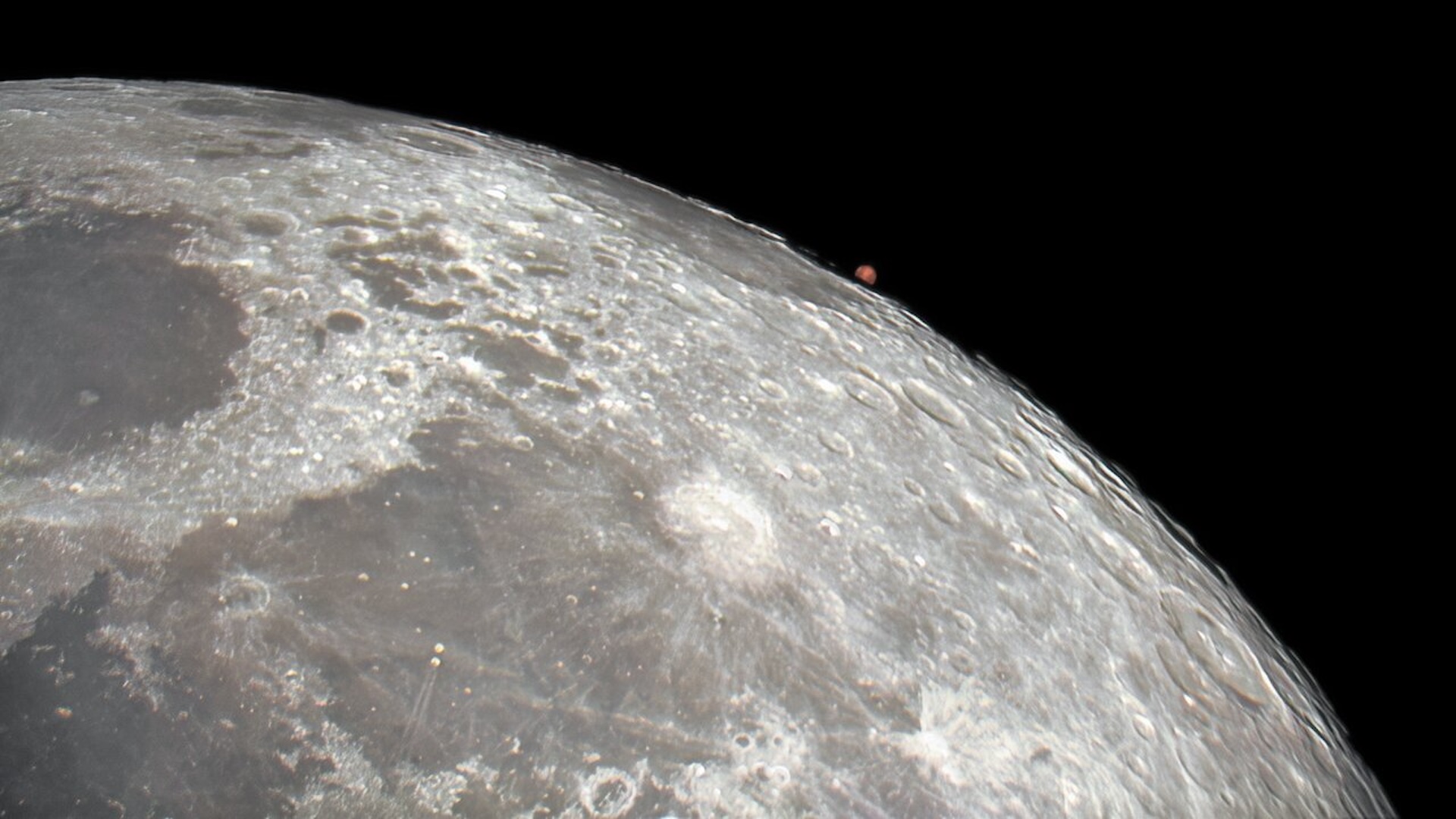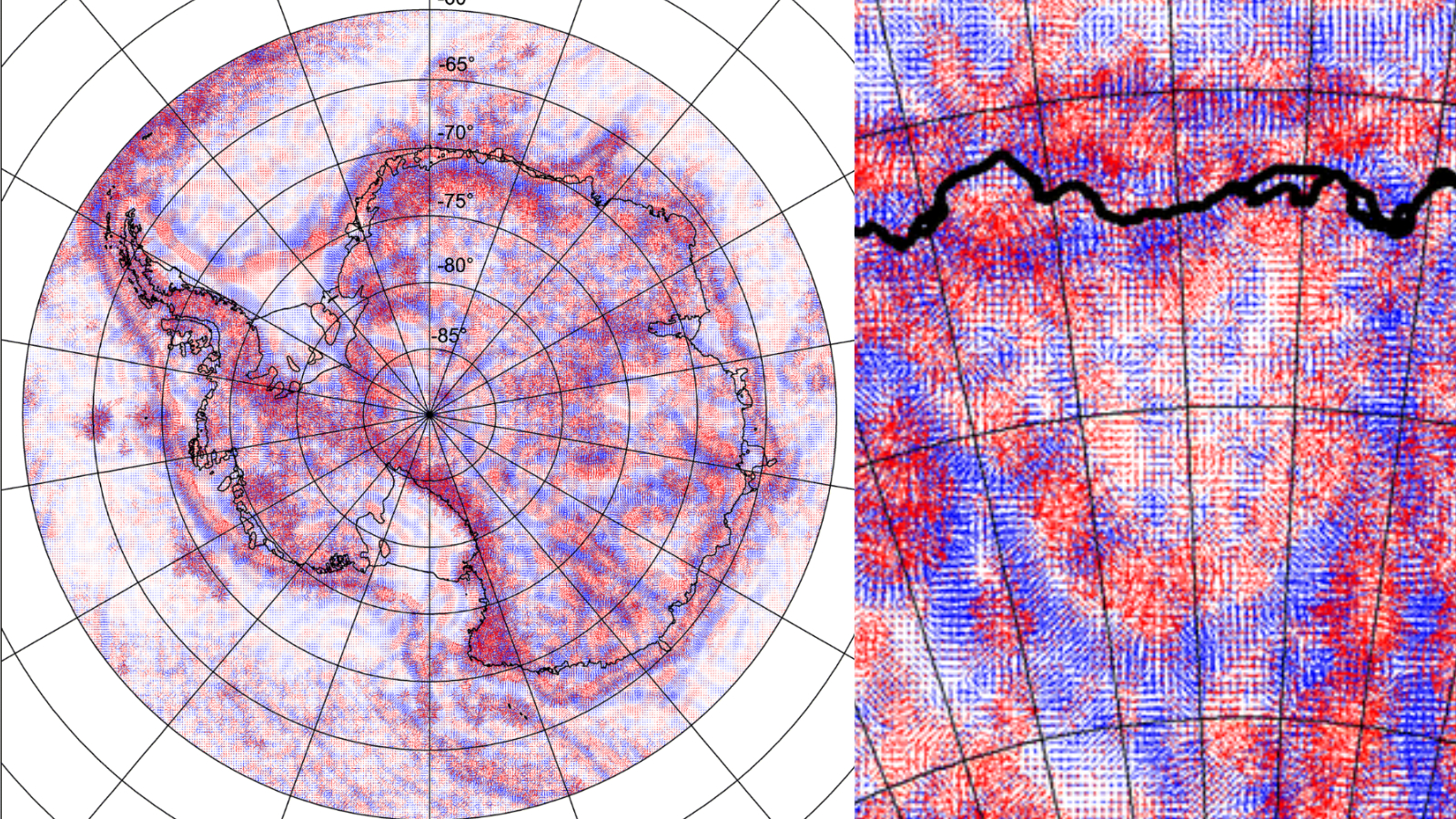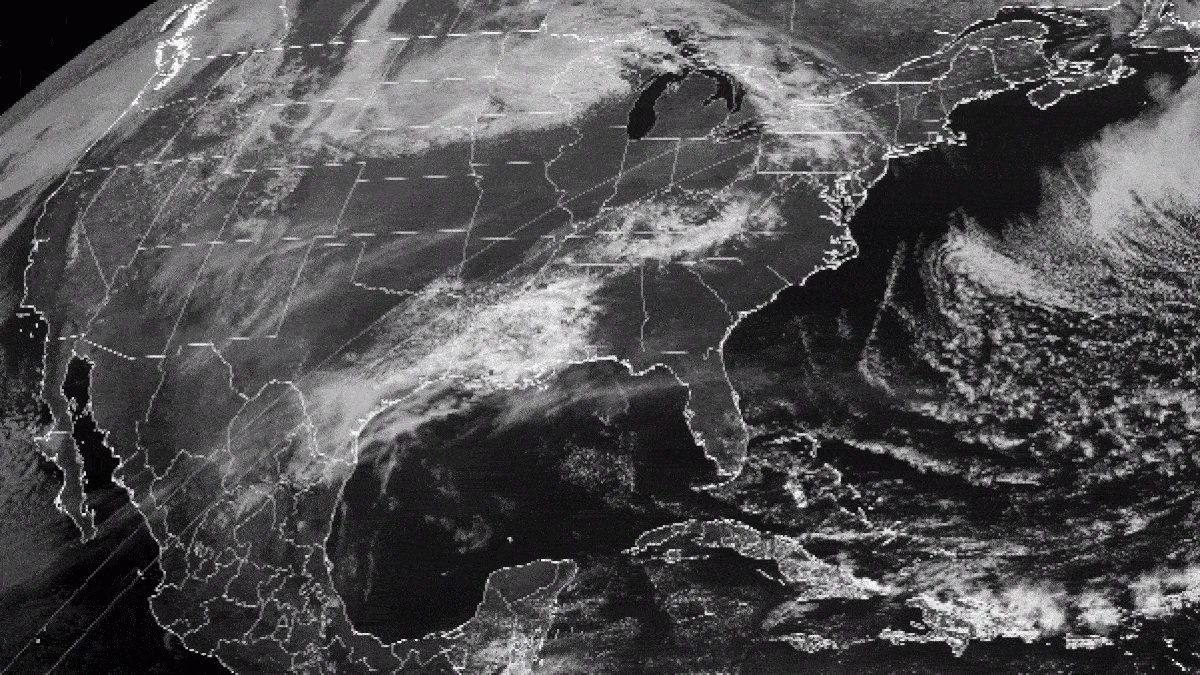Space photo of the week: Mars rises over the moon's horizon at the best possible time
A new image has emerged of the Red Planet rising above the lunar limb after being occulted by the moon in January.

What it is: Mars and the moon
Where it is: The solar system
When it was shared: March 26, 2025
Why it's so special:
Something strange happened late at night on January 13, 2025. Sometime between about 9:00 p.m. and 1:00 a.m. EST (depending on where you were in North America), the full "Wolf Moon" drifted across Mars, briefly swallowing the Red Planet from the sky.
This spectacular new image from a new telescope in Hawaii marks the moment the Red Planet reappeared over the lunar horizon — a "Mars-rise."
So-called occultations of Mars by the moon are not particularly rare. There were occultations in both the previous and following months, according to In The Sky. However, any specific lunar occultation of Mars (or indeed any planet) can only be seen from a small area of the Earth's surface. That's because the moon is far closer to the Earth than Mars, so what you see depends on your point of view from Earth; the moon's position in the sky on any night can differ by about four times the diameter of the full moon.
Sign up for the Live Science daily newsletter now
Get the world’s most fascinating discoveries delivered straight to your inbox.
Related: Full moons of 2025: When is the next full moon?
With the previous and following occultations seen only from the Arctic and Russia, astronomers at Kitt Peak National Observatory in the Quinlan mountains near Tucson, Arizona, only had one shot at capturing the celestial spectacle. What's more, the occultation of Mars only presents two very short opportunities to capture the event: the first, called ingress, is when Mars slips behind the moon and, for a few seconds, is seen setting beneath the lunar surface; about an hour later, it emerges as a "Mars-rise" in what astronomers call egress.
Photos of the latter, captured by two evening visitor guides at the Kitt Peak National Observatory Visitor Center using its new 0.6-meter Shreve Telescope — a public telescope that visitors are allowed to use — has been made available as annotated and zoomable versions as well as a full-size original.
It's a special image because, as well as the rare celestial alignment necessary for it to occur, it happened just a few days before Mars reached opposition.
Opposition is when Earth is positioned between an outer planet and the sun, making that planet as close as possible and, therefore, as big and bright as it can get. For Mars, opposition only happens once every 26 months. That's because Mars takes 687 Earth days to orbit the sun, and Earth takes 365 days, so Earth passes between Mars and the sun every 789 days.
For more sublime space images, check out our Space Photo of the Week archives.

Jamie Carter is a freelance journalist and regular Live Science contributor based in Cardiff, U.K. He is the author of A Stargazing Program For Beginners and lectures on astronomy and the natural world. Jamie regularly writes for Space.com, TechRadar.com, Forbes Science, BBC Wildlife magazine and Scientific American, and many others. He edits WhenIsTheNextEclipse.com.
You must confirm your public display name before commenting
Please logout and then login again, you will then be prompted to enter your display name.










